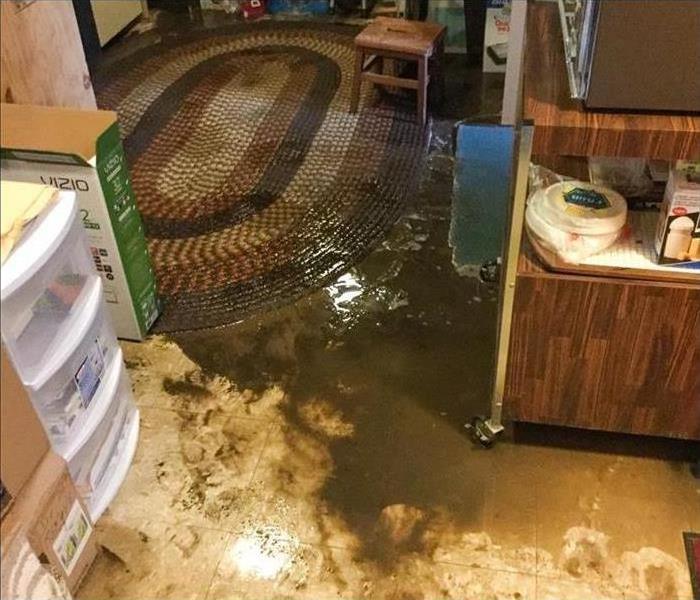Is Black Water Really Black?
11/19/2021 (Permalink)
 Water damage at your home can occur from a variety of causes. The difference in the three categories of water is the level of contamination involved.
Water damage at your home can occur from a variety of causes. The difference in the three categories of water is the level of contamination involved.
Is It True That Black Water Is Truly Black?
Flooding at your home in Shoreline, WA, is never a welcome sight. However, some classifications of water damage are more serious than others. The three categories are commonly known as clean, gray and black. How do you know the difference? Can you tell by looking? Is black water really black?
What Does Category 3 Water Mean?
The labels of water refer to the level of contamination present due to the source of the flooding, and not the actual color:
- Clean, fresh water from pipes is considered Category 1 and not contaminated.
- Gray water from dishwashers or washing machines (Category 2) is contaminated with dirt and detergent, but not bacteria.
- Category 3, or black water, comes from highly contaminated sources such as sewage, toilet backflow with feces, river water, seawater or storm water from the ground. Contaminants in the water include microorganisms, bacteria and viruses that can cause serious illness if touched or ingested.
What Are the Benefits of Hiring a Professional?
A water restoration specialist has the training, equipment and specific techniques for dealing with this hazardous water category:
- Protective gear is used to protect the technicians from touching or breathing in airborne viruses from the tainted water.
- The unsafe area of your home is professionally contained during sewage cleanup to prevent both secondary damage and the spread of bacteria to other rooms.
- Porous materials exposed to the soiled water are disposed of and other areas are expertly cleaned and sanitized. Specialized filters clean the air.
Water damage at your home in Shoreline, WA, can occur from a variety of causes. The difference in the three categories of water is the level of contamination involved. Although black water may not necessarily be black in color, it is identifiable by the source typically from sewage or storm water seeping through the ground. In this case, contact a professional to mitigate the damage.






 24/7 Emergency Service
24/7 Emergency Service